It’s time to expand those taste buds and broaden your knowledge! In this article, we’re going to take a look at fresh fruits that start with C, from across the world.
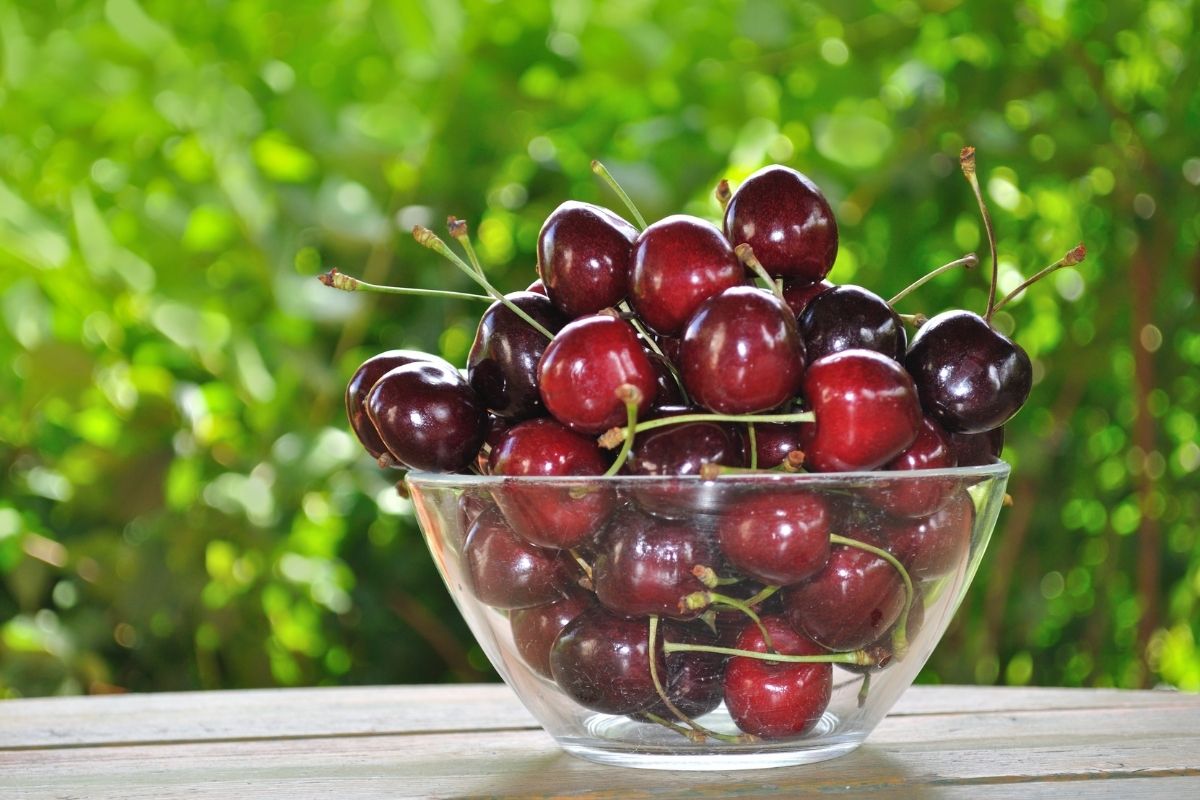
With so many incredible fruits on our list, each with their own unique taste, appearance and health benefits, we’re sure that you’re going to come across a few that you may have never heard of before.
Read on to see how many new fruits you can add to your diet!
Calabash Fruit
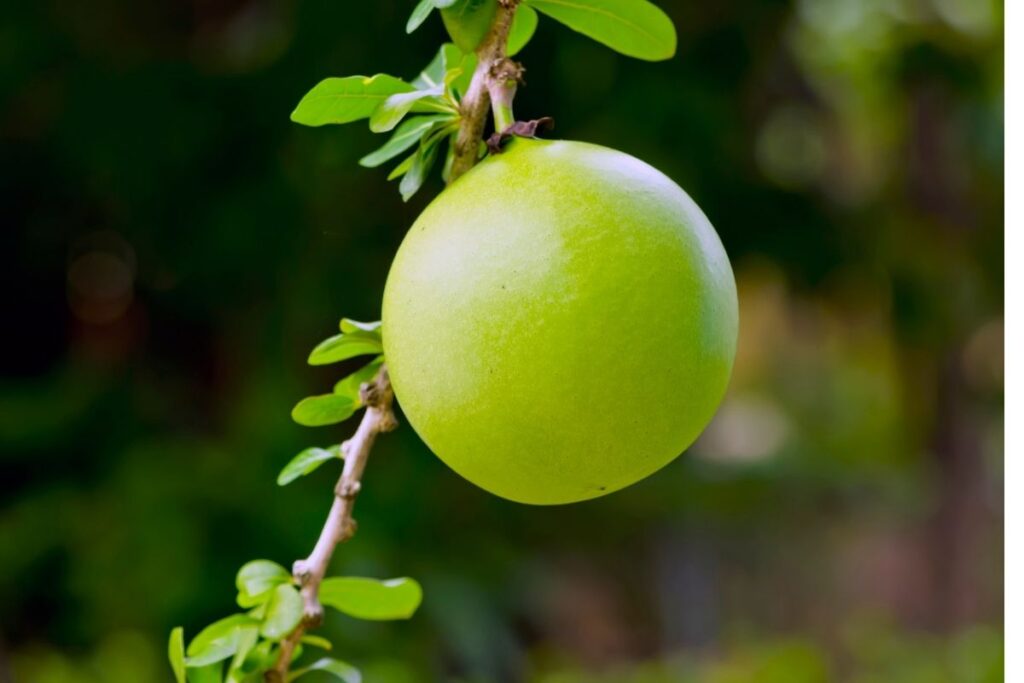
Calabash fruit is native to Asia, South America, Central America, and Florida, and this fruit is often used in traditional medicine.
Light green in color, the outer shell can be hollowed out and used as a bowl thanks to its strength. When eaten raw, the pulp and seeds can be toxic but once cooked, this fruit makes a nutritious juice. The taste is similar to that of guava and pineapple but a little more sour and bitter.
Canistel Fruit
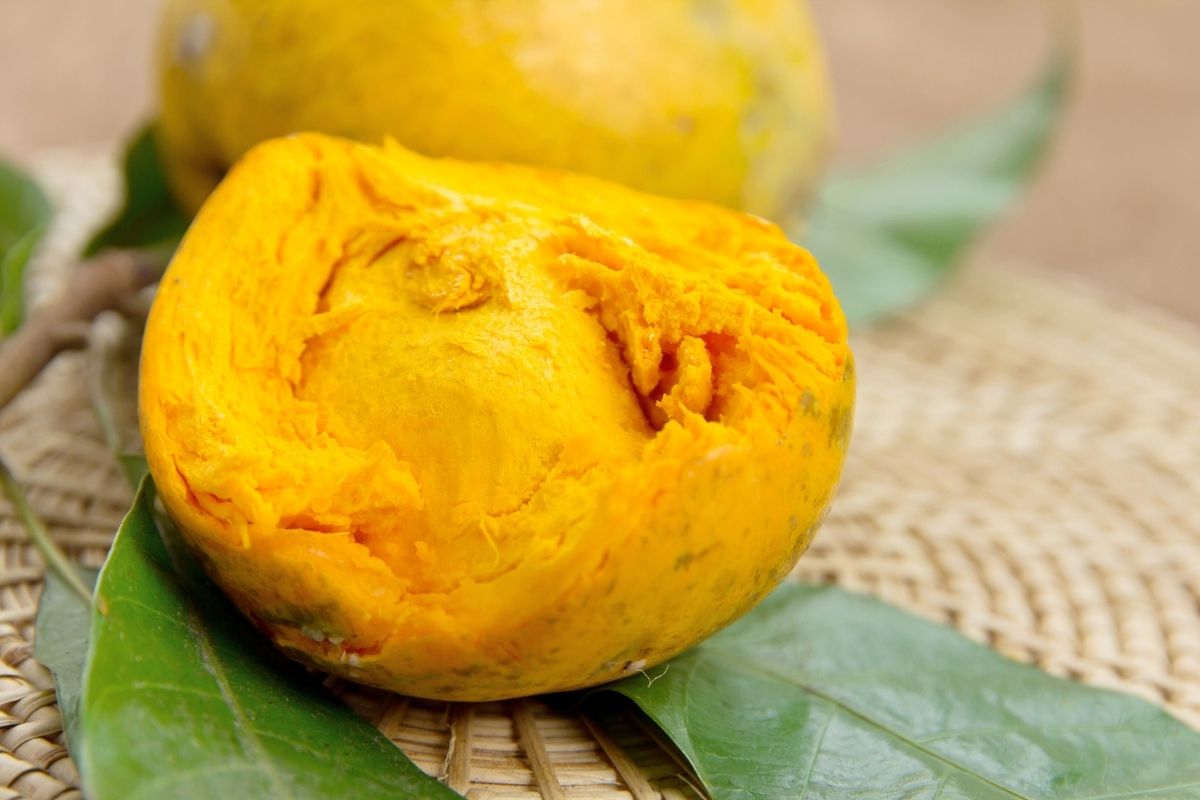
Typically known as egg fruit due to its appearance, the canistel fruit is cultivated in regions around Mexico and El Salvador, as well as India.
Similar in color to that of egg yolk, this fruit is smooth and custard-like when ripe. This fruit is perfect to use in custards, pies, and ice creams, as well as bread and cakes.
Calamansi Fruit
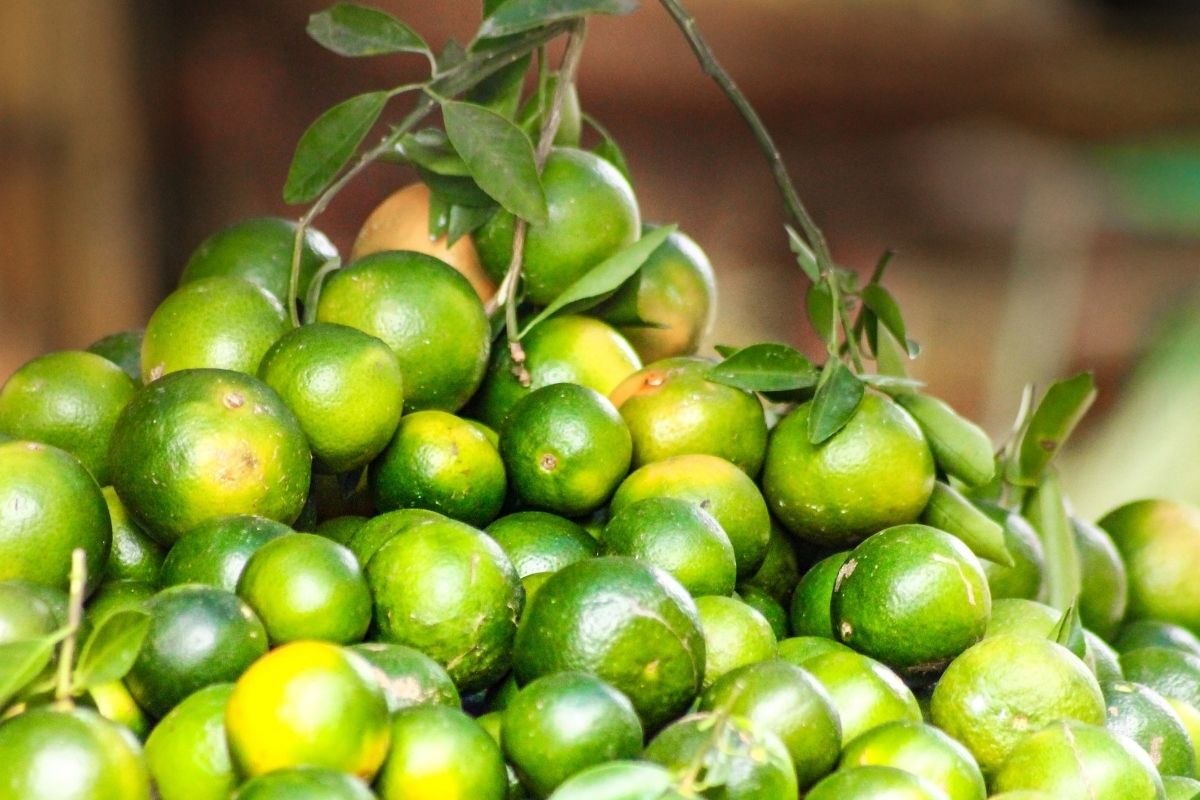
The Calamansi fruit is considered to be a hybrid between a kumquat and a mandarin orange and can be used in both sweet and savory dishes.
Known as the Philippine lime, this little citrus fruit has an incredibly tart taste to it, similar to that of lime, lemon, and orange.
Native to the Philippines and Southeast Asia, this fruit thrives in Mediterranean and subtropical climates. In colder climates, it can be grown indoors as a houseplant.
RELATED: Maranta Lemon Lime: An Easy to Follow Care, Propagation, and Watering Guide
Calamondins Fruit

Originating from China, this fruit was initially introduced as an ‘acid orange’ to the United States in the early 1900s.
Similar in appearance to an orange but small in sizer, this fruit tastes like a toned-down lemon. The peel of a Calamondins fruit is so thin that you can eat it as you would an apple.
Cape Gooseberry
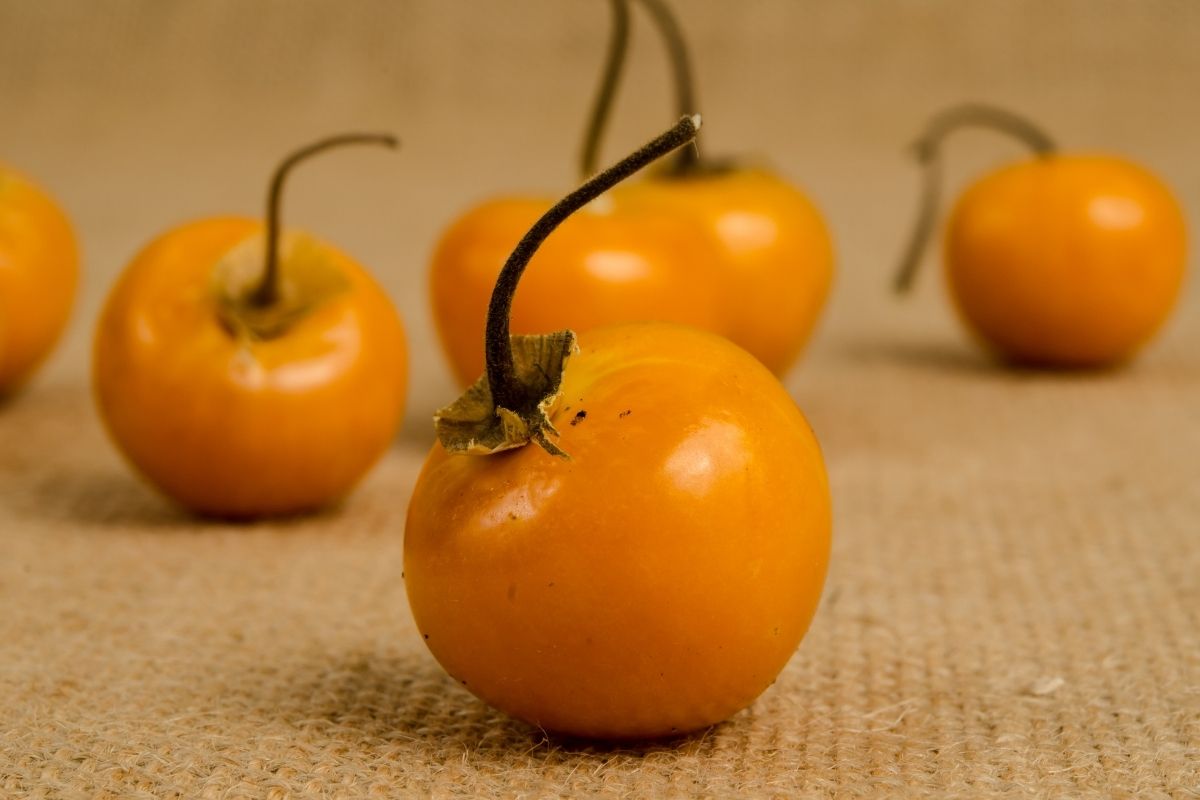
Otherwise known as physalis, this fruit is small, smooth, and round and comes wrapped in its papery leaves. Golden-orange in color, the Cape Gooseberry is a sort of cross between a gooseberry and a cherry tomato but with a delicate sweet and sour taste.
It’s often used to decorate cakes, eaten as it is, or served with coffee as a little extra treat after dinner.
Carob Fruit
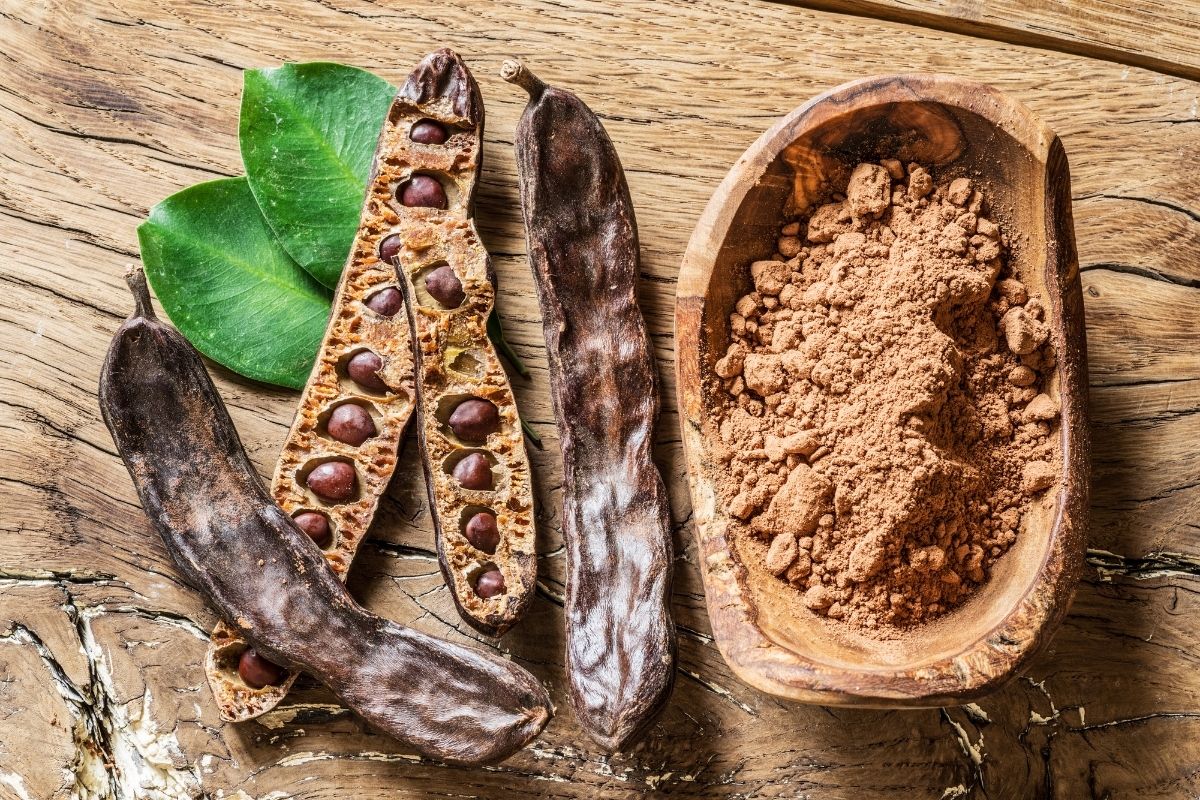
The Carob Fruit is a shrub that is native to the Mediterranean region and the Middle East.
The pods of a Carob are edible and are usually toasted and ground down to create a supplement for Cocoa Powder. However, this fruit doesn’t taste like chocolate but does have a nutty flavor to it.
Cashew Apple Fruit
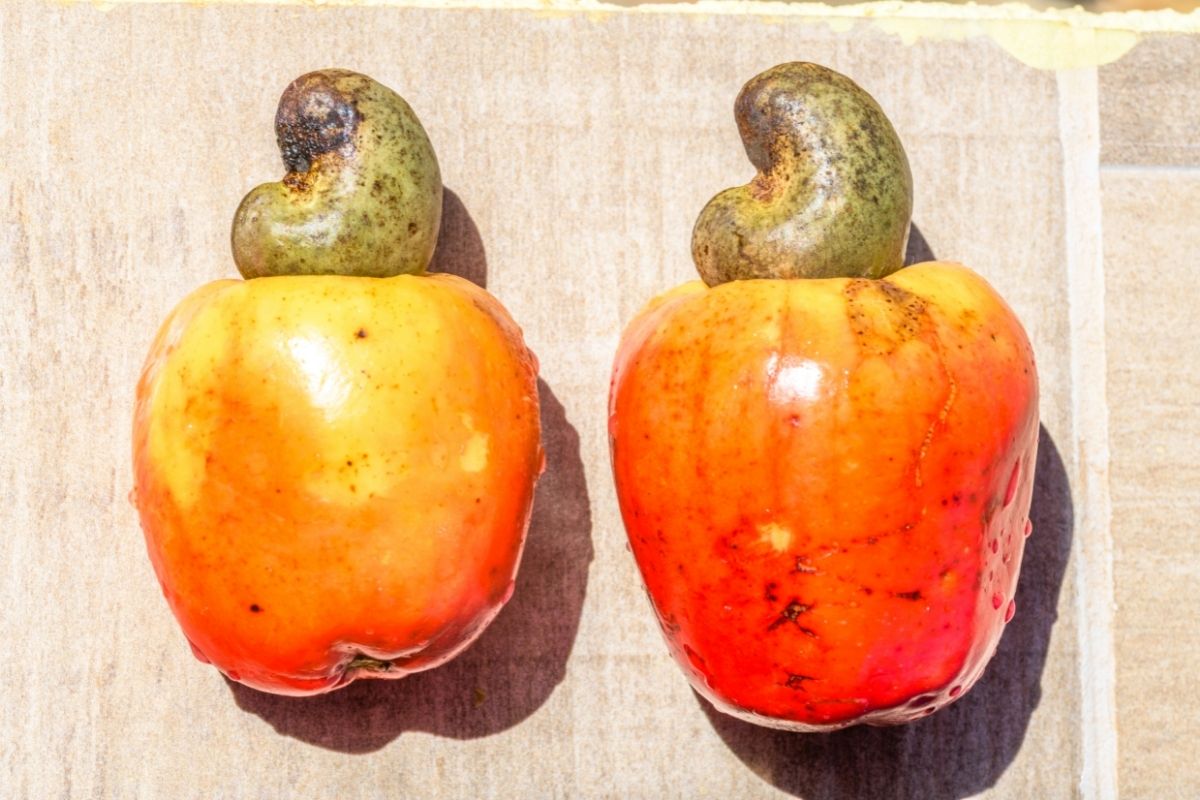
The Cashew Apple Fruit grows on a tree as is known in the scientific community as a pseudo fruit. Similar in looks to a red apple, this fruit also has the cashew nut attached to the end of it.
Many people describe the taste as a mix between sweet and sour, with the smell being sweet, juicy, and extremely fruity. The Cashew Apple is typically used in drinks, jams, and jellies, however, the most popular part of this fruit is the nut.
Capulin Cherry Fruit
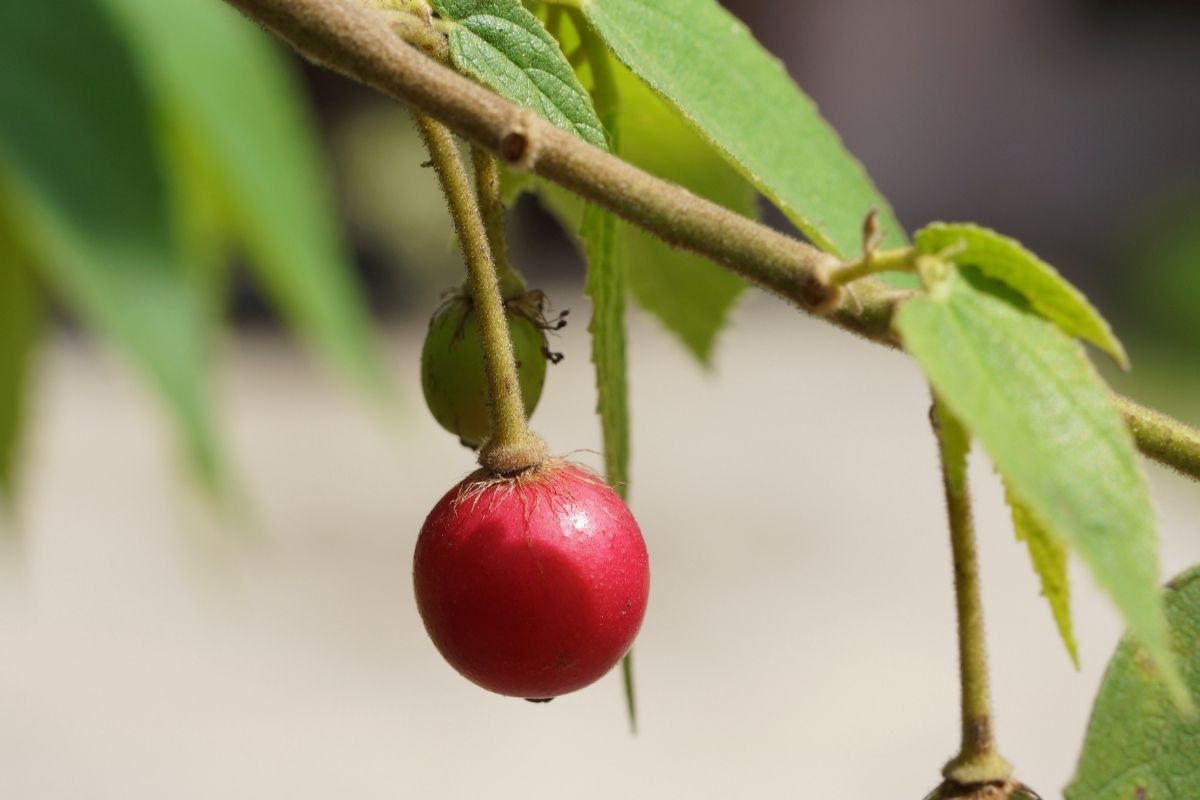
Capulin cherries can often be found in the local markets of Guatemala, Ecuador, El Salvador, and the Andean regions and tends to be available from late spring through to late summer.
This small aromatic fruit is round in shape and has a hard center pit like the common cherry. Its color is red but with a hint of green and the taste is typically sweet.
Cedar Bay Cherry Fruit
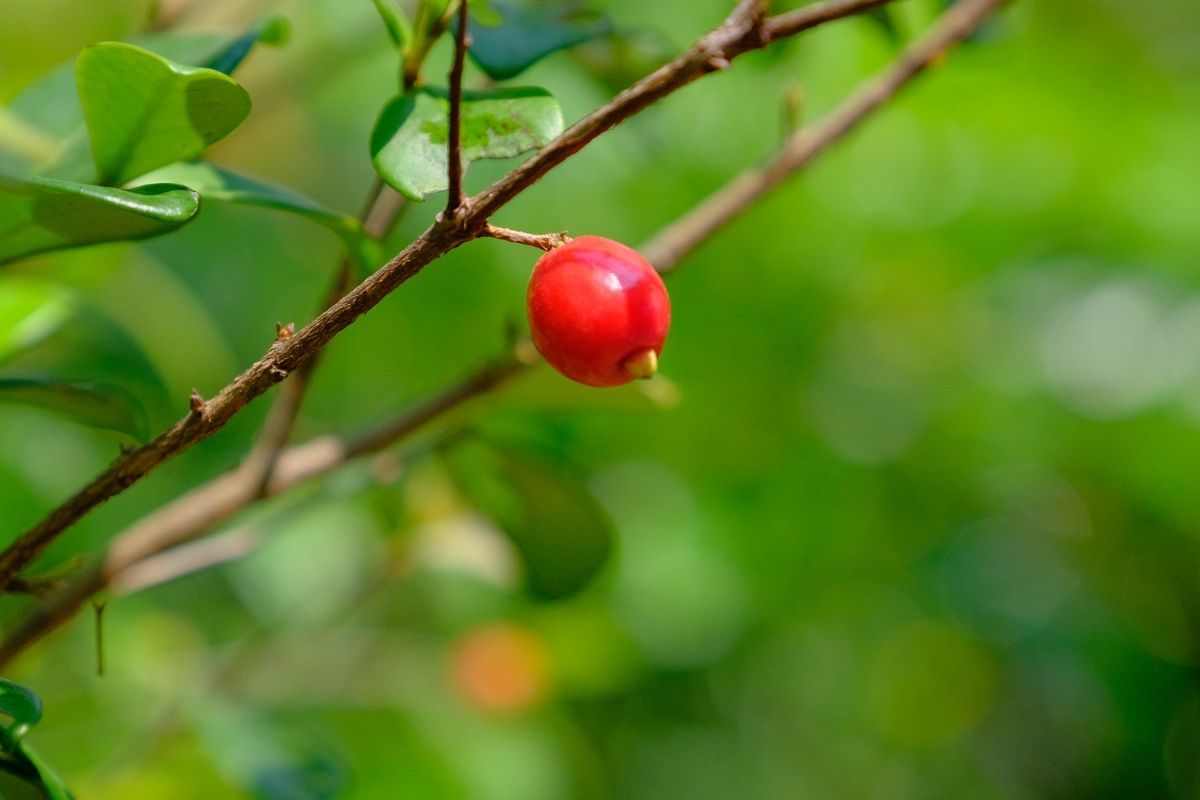
The Cedar Bay Cherry is grown as a shrub or small tree and as well as eaten, they are also used for ornamental purposes. Their rounded, bulbous shape is typical of the cherry family, and this small fruit measures around 1 inch in diameter.
The color of this fruit is brighter than most other cherries as it has a bright orange-red hue but is just as sweet and berry-like in taste.
RELATED: Bring Prosperity And Glory To Your Garden With Cedar Mulch
Cempedak Fruit
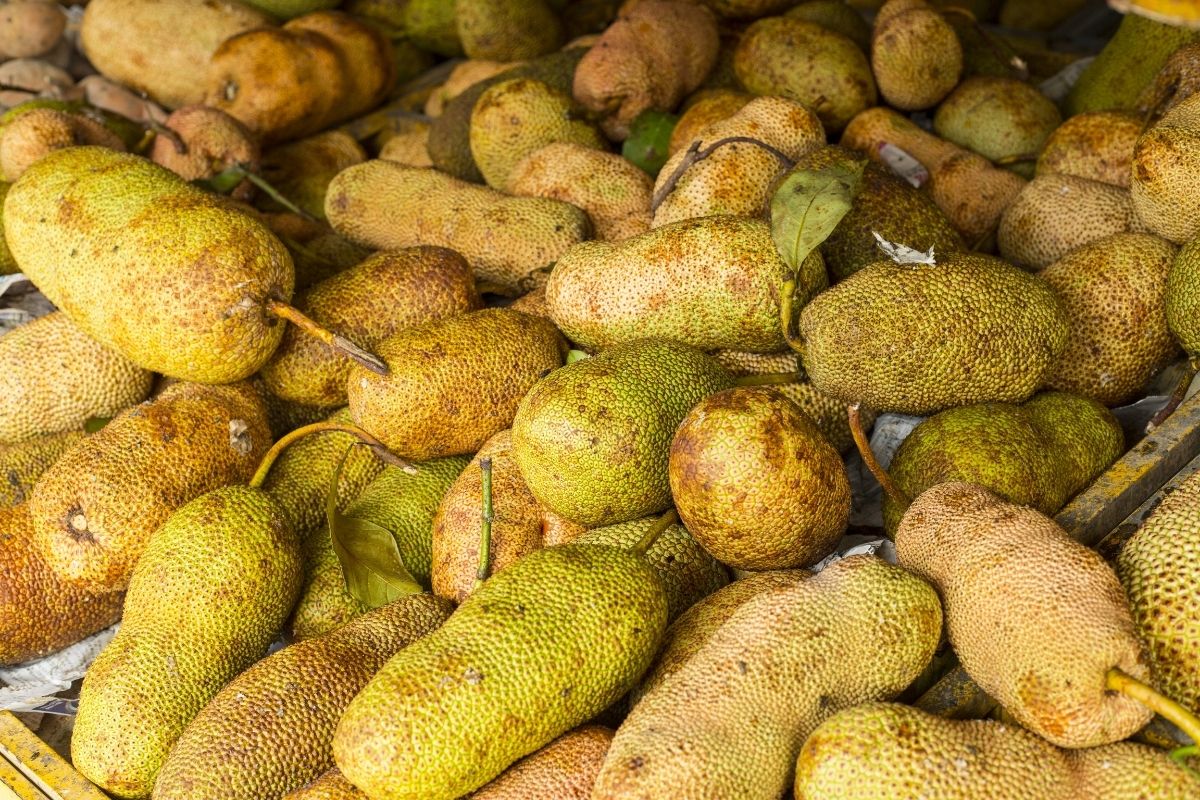
Cultivated in Southeast Asia, this fruit is cylindrical with leathery skin that is patterned with pentagons. Ranging in color from yellow to brown, these fruits are often compared to jackfruit.
They are rich in beta-carotene and the edible arils have a sweet, soft fragrance to them.
These can either be eaten raw or prepared in several ways, just like the jackfruit.
Ceylon Gooseberry
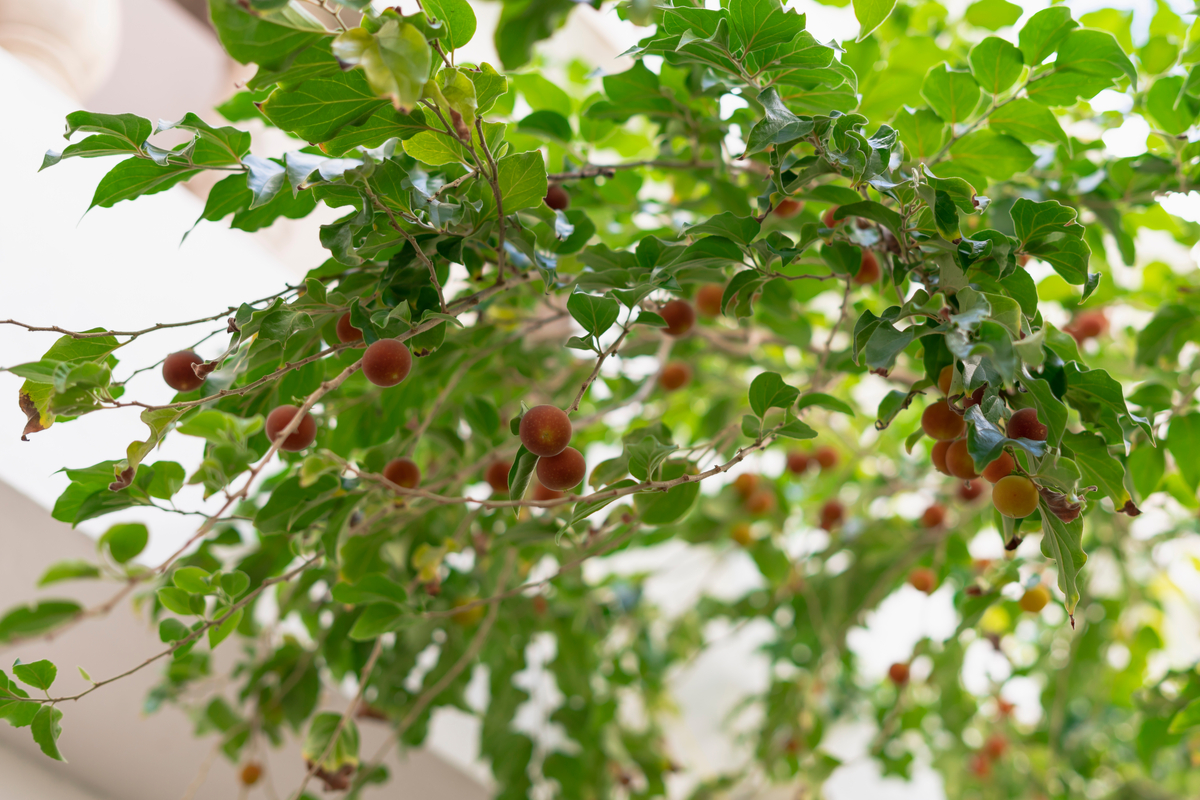
Commonly known as Kitambilla, this fruit is native to South India and Sri Lanka. Small in size – around 1 inch in diameter – this small tree fruit is often used to make jam and jellies.
The skin of this fruit is very bitter and is covered with little green hairs. The skin is rarely eaten but the lush purple-red flesh, similar to a Blueberry, has a taste similar to that of cranberry or acidic apricot.
Cantaloupe Fruit
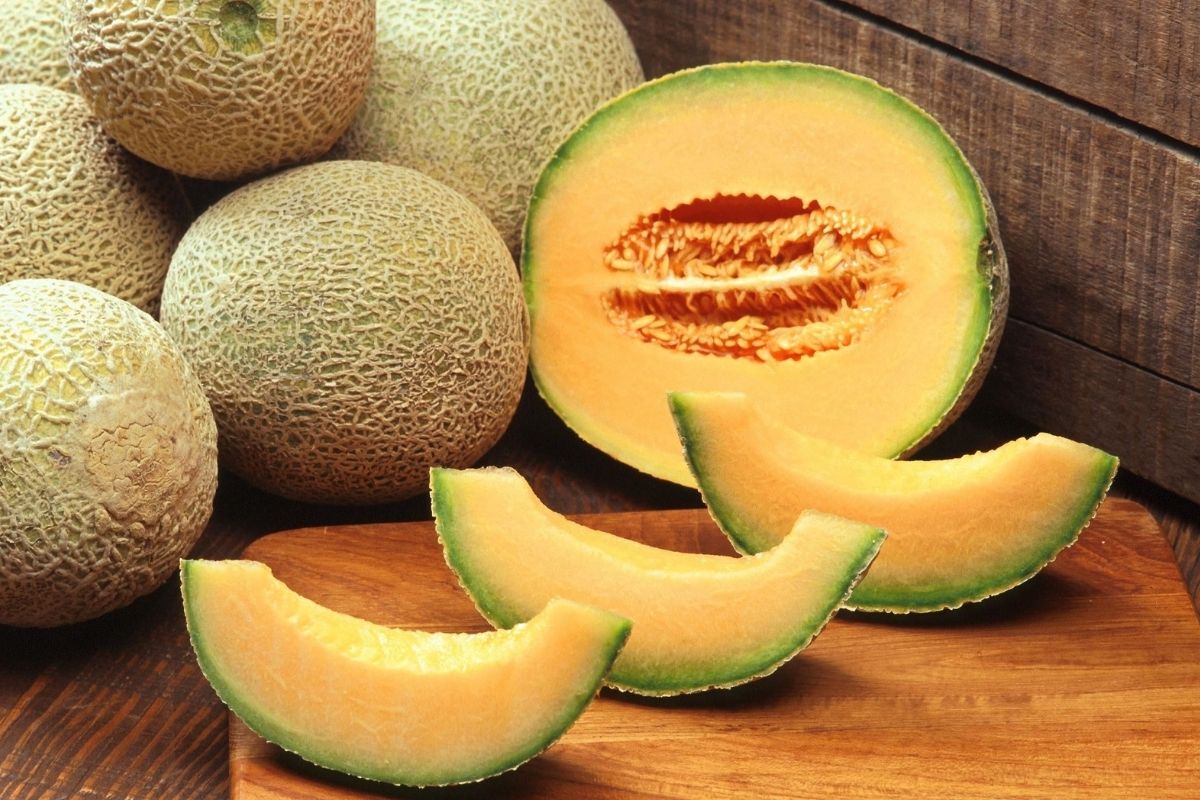
This refreshing and healthy fruit includes a variety of minerals, vitamins, and antioxidants, and as they are made up of 90% water, they are the perfect remedy for dehydration.
Ripe cantaloupe is sweet, juicy, and tender, and has a distinctive taste to it. Typically eaten raw, this bright orange fruit can also be made into jams or puree.
Chayote Fruit
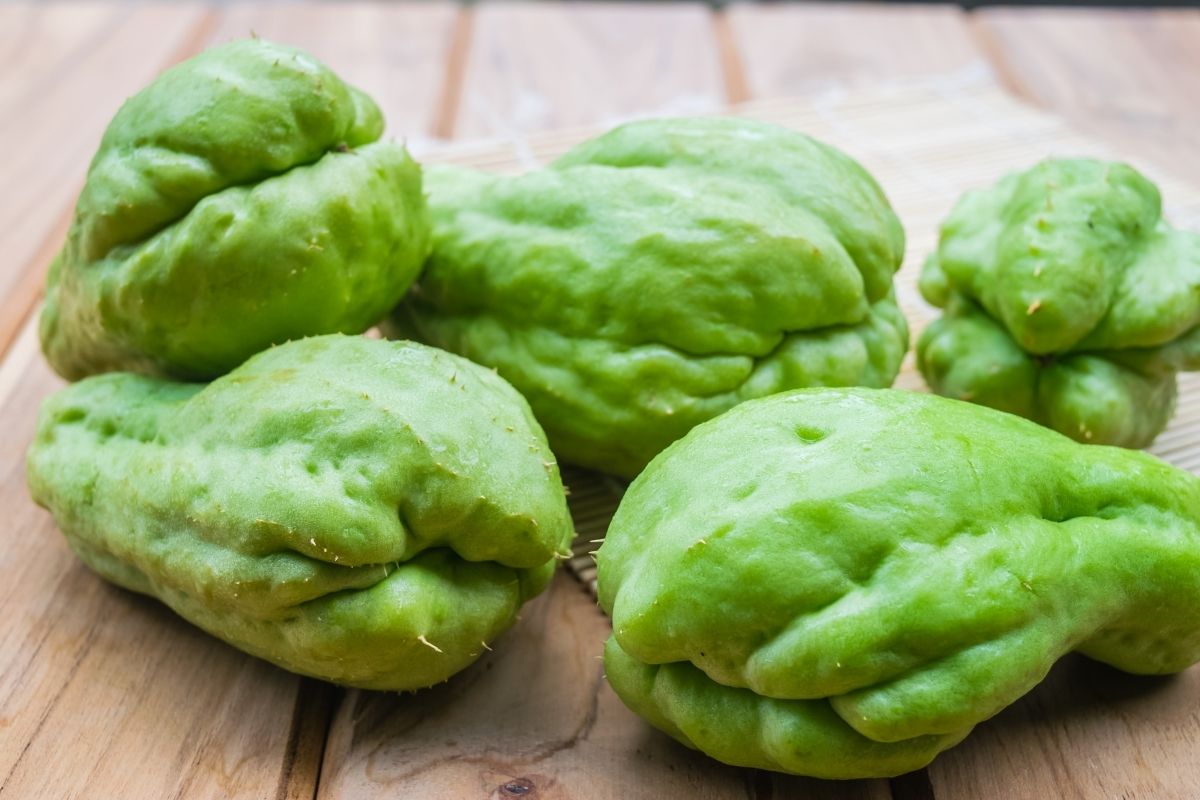
Also known as Choco, this fruit was first cultivated between Mexico and Honduras and is usually handled like summer squash. Often regarded as tough in texture, this fruit can be used in salads or salsas and is typically marinated in lemon and lime juice.
The root, stem, seeds, and leaves of this fruit are also edible and the taste is very mild. Usually, a lot of seasoning is needed to bring flavor to this fruit.
RELATED: Tan Deliciouso! 39 Different Types Of Mexican Vegetables
Cherimoya Fruit
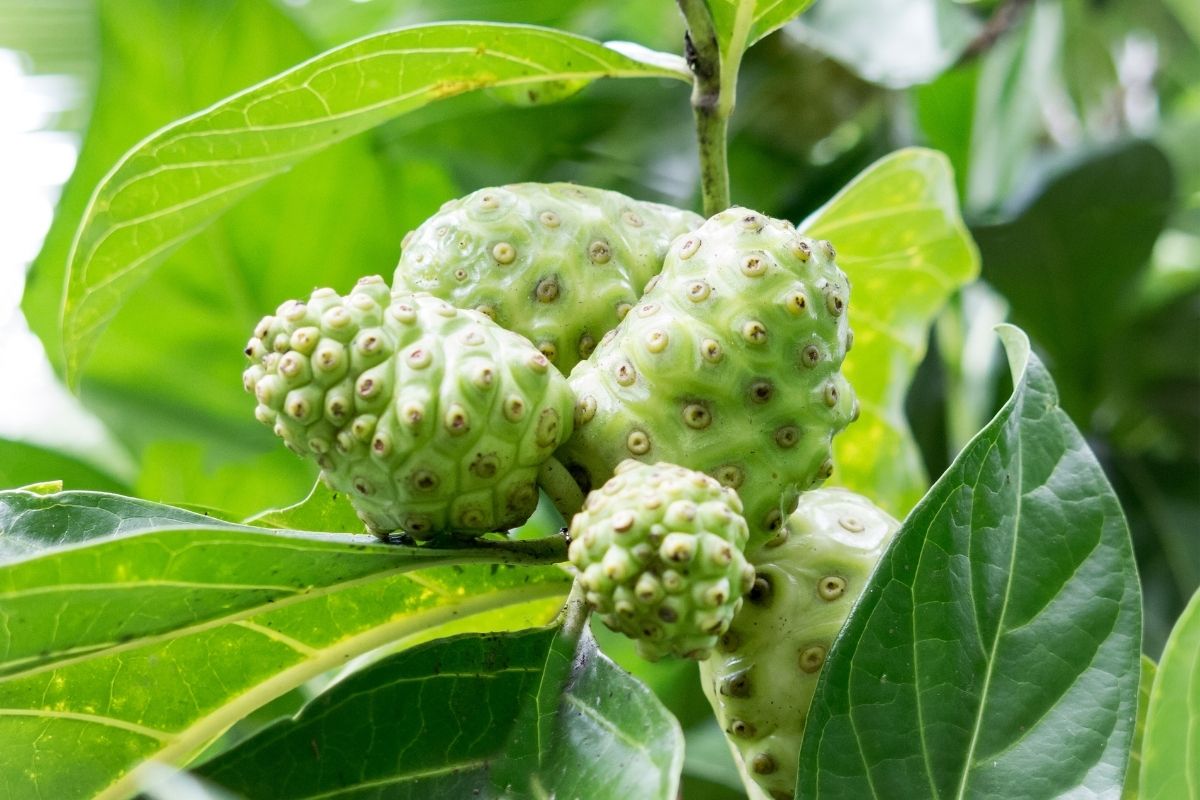
The Cherimoya fruit is native to the Andean Valley and is sometimes referred to as Custard Apple. Cone-shaped with leathery skin, the flesh of this fruit is creamy and sweet.
The flavor of this fruit is truly unique and is described as a mix between banana, pineapple, strawberry, and kiwi. It’s light and refreshing and is often referred to as comforting to eat.
Charichuelo
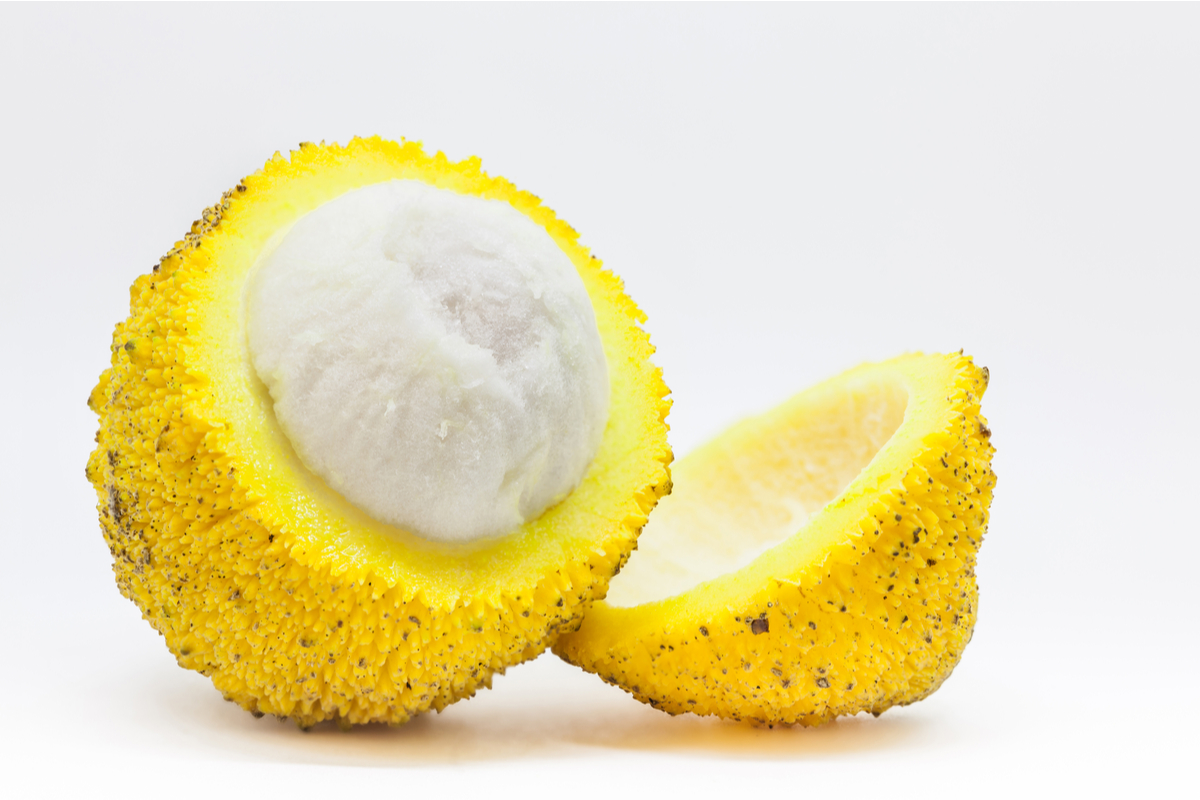
Similar in looks to a lemon, the Charichuelo is native to the rainforests of Central and South America. Slightly citrusy in taste, this fruit has dark green, leathery leaves with a soft white pulp interior.
It can either be eaten raw and fresh or used to make a lovely light, citrusy jam.
Cherry Fruit
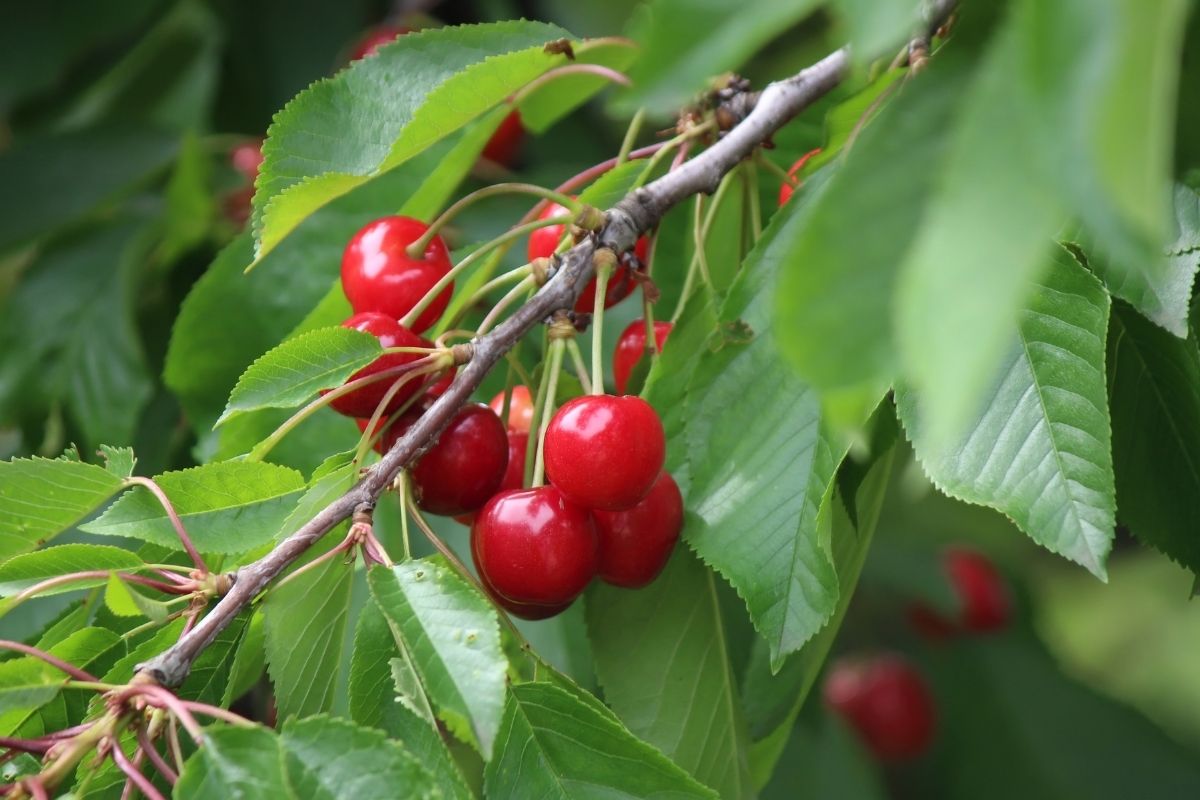
As well as being edible, the Cherry Fruit is also considered an ornamental fruit. The fruit is a fleshy drupe that is typically heart-shaped and this little round fruit can vary in color from yellow through to red and nearly black.
With a low acid content, the flavor of the Cherry fruit is sweet and delicious and is usually added to desserts, used in jams and jellies, or eaten raw and fresh.
Chokeberry Fruit
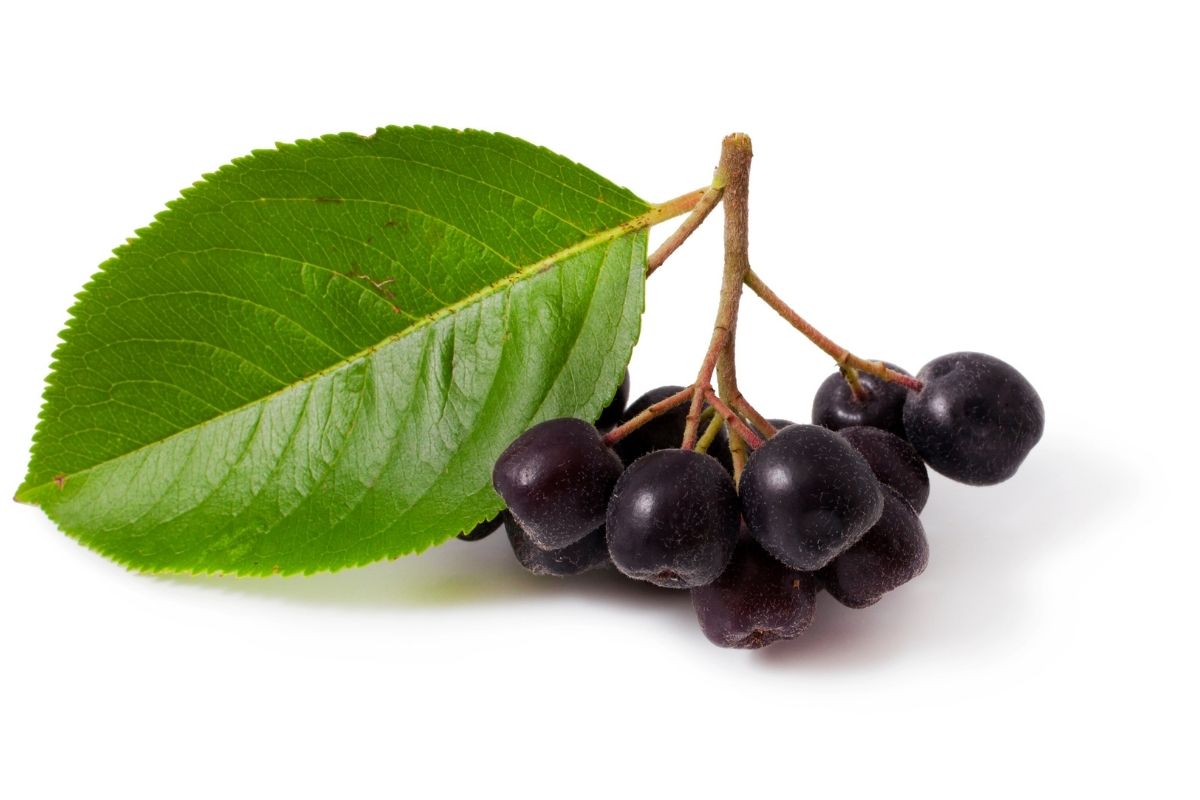
This fruit is native to North America and is often referred to as Aronia. Similar in size to the Blueberry, these small dark fruits have become increasingly popular with health-conscious consumers as they are considered one of the richest sources of antioxidants.
Sour in taste, these fruits can be eaten straight from the bush that they grow on.
Chokecherry Fruit
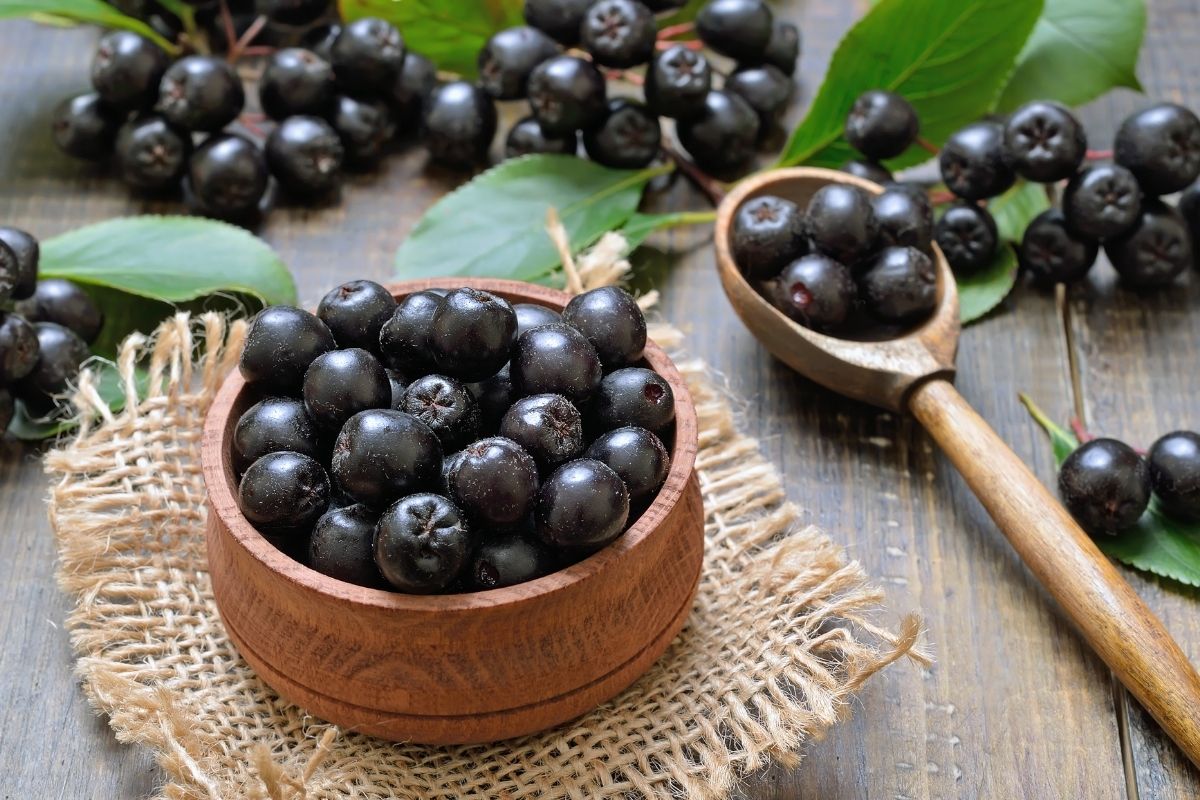
The Chokecherry fruit is similar to a berry and has a distinctive thick, pigmented skin. The stone of this fruit is poisonous and the fruit itself is toxic to many animals including horses, cattle, goats, and deer.
This fruit can only be eaten when fully ripe and can be used to make jam or syrup. To avoid the bitter taste of this fruit, sugar is almost always added to any recipe this fruit is in.
Citrofortunella Fruit
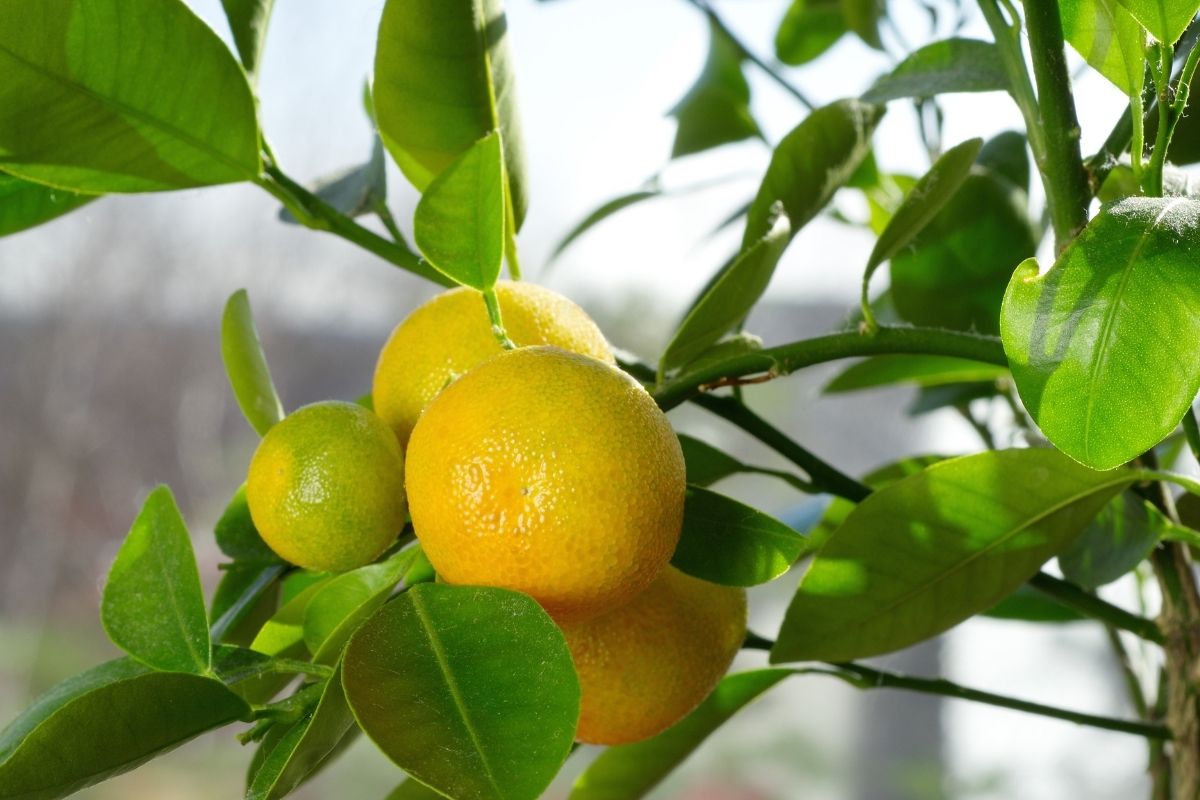
This fruit is a hybrid between a kumquat and the mandarin orange and grows to roughly the size of a golf ball. The skin of this small fruit is very sweet, however, the pulp and juice are very sour.
It’s nutrient-dense and typically used for making spices and adding flavor and depth to fish dishes and cakes.
Cluster Fig Fruit
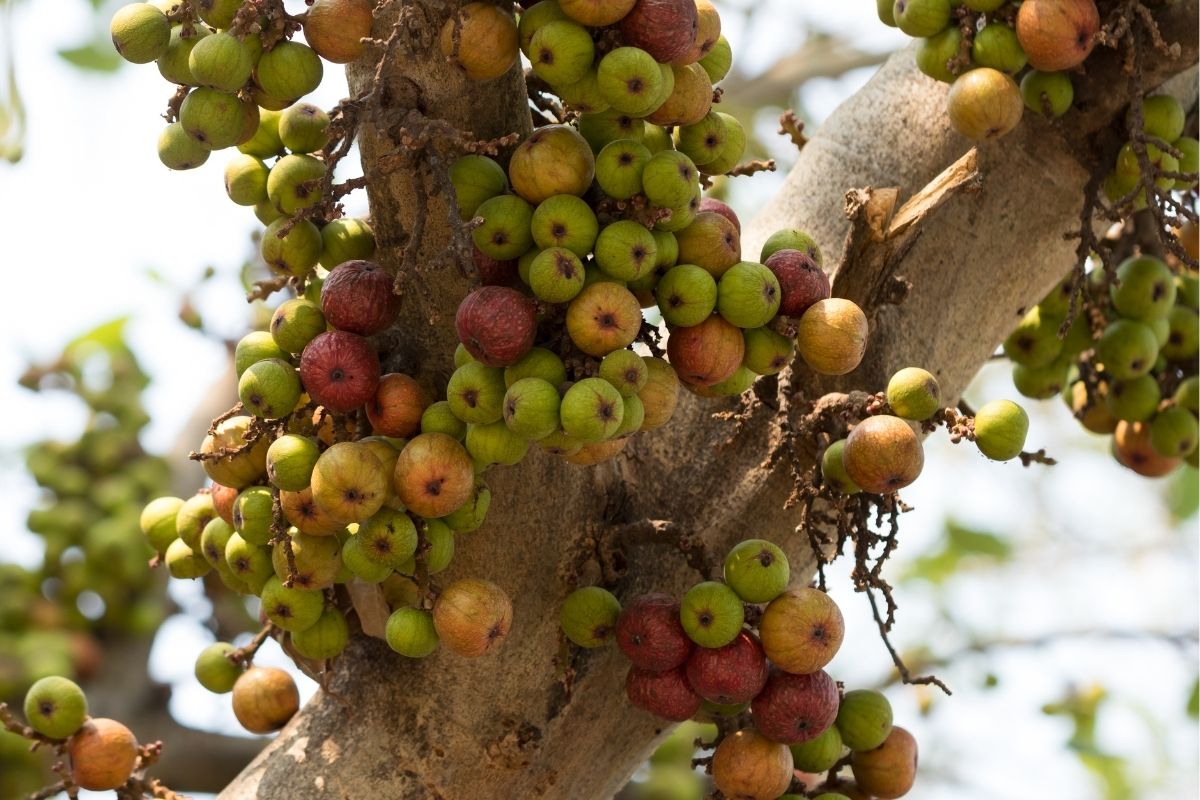
Cluster Fig’s are an excellent source of fiber and calcium as well as potassium and iron, and are available in the spring through to the summer.
They are small to medium fruits and form in clusters of up to around 20 fruits. They tend to grow directly from the tree’s trunk and branches and can reach around 2-5 centimeters in diameter.
They have an aroma which is similar to that of spiced apples and taste very sweet yet also tangy.
Cloudberry Fruit
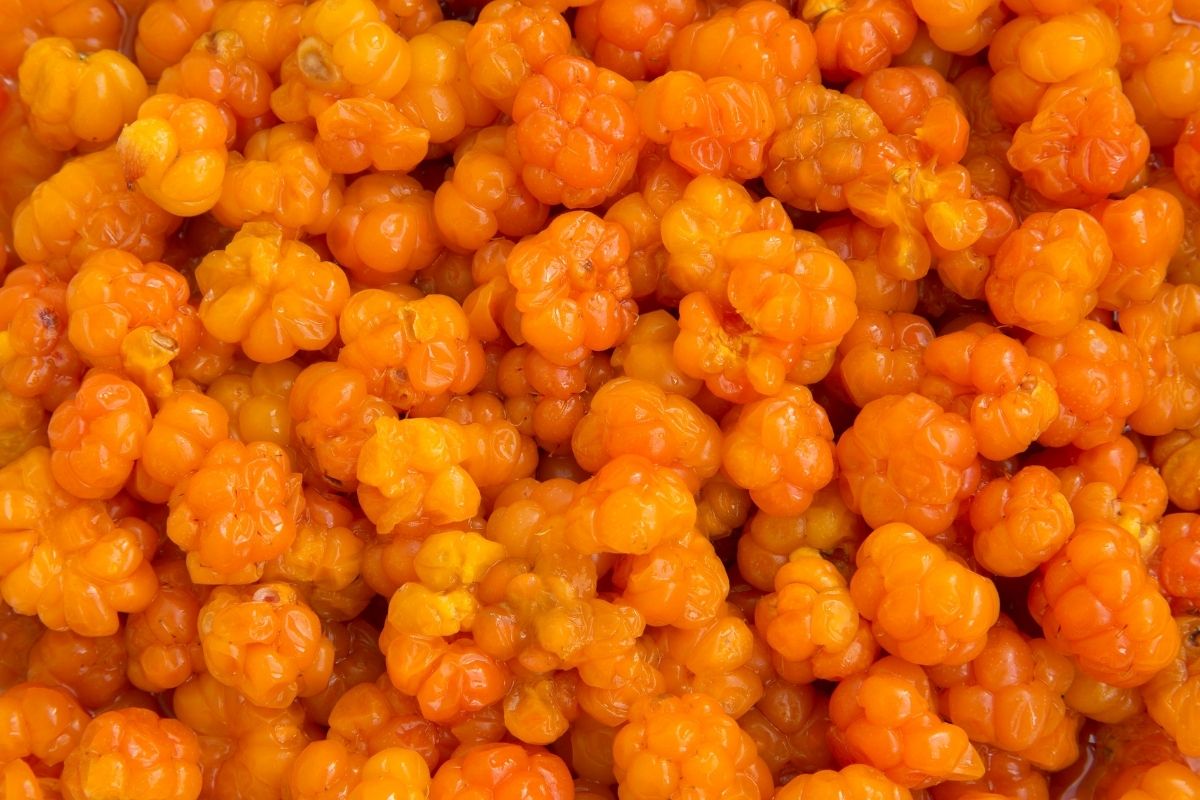
Cloudberries are considered to be one of the rarest and most sought after fruits in the world. They are only found in the wild, and a bit like truffles, their locations are kept secret from one generation to the next.
Referred to as ‘Arctic Gold’, the boreal bright yellow berries grow in some of the most unforgiving of environments. Similar in appearance to raspberries, these small fruits have an amber hue to them and are more tart and tangy in taste when ripe thanks to their high Vitamin C content.
RELATED: Tall and Sweet: The Ultimate Guide to Strawberry Trees
We hope you learned something from this article, here are other articles that you can learn from:
14 Fruits With Seeds (Including Pictures)
Pumpkins: Growth Time and Stages of Development From Seeds To Fruits







